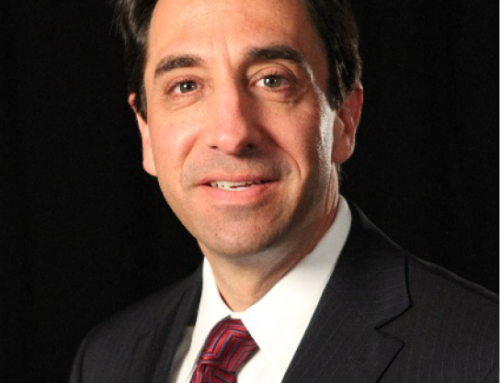Published in the February 18-March 3, 2015 issue of Morgan Hill Life
By Dan Newquist
It seems like it has been more than four straight years of investors and economists talking about rising interest rates. During those years, interest rates have remained low and, in many cases, are lower now than they were before. During that time, there were a number of headlines and market developments that kept U.S. interest rates low. But is the wait for rising rates finally coming to an end?
The jobs report released earlier this month makes it harder for the Federal Reserve to keep short-term rates low. Analysts expected 230,000 new jobs in January, but we saw 257,000.
The two prior monthly reports were upwardly revised for a combined total of 86,000 new jobs (November: 423,000 new jobs, and December: 329,000 new jobs). That means the U.S. economy created more than 1 million new jobs in the past three months. This is the largest three-month job gain since the late 1990s.
The data-dependent Federal Reserve can add this to the mounting evidence that its policies have helped reduce unemployment and now it must make the tough choice of starting to put things back to normal.
One step toward more normal policy was the end of the Fed’s bond buying program known as “quantitative easing.” That ended in October with little market reaction and no major change in the pace of economic activity.
The next policy to bring back to normal is the Fed Funds rate. This is the rate that the Fed sets to influence bank overnight lending and it heavily influences short-term interest rates. Low rates make it cheaper for borrowers to borrow and that encourages economic activity.
The Fed Funds rate has been close to zero since December 2008. Many analysts expect rates to rise sometime mid-year.
We’ve seen four straight years of wondering about rising interest rates. The forecasts by industry analysts (including members of the Federal Reserve) haven’t been very accurate. Yet, the data seems to be much more supportive now of increasing interest rates than it has been since the low-rate environment began.
Earlier this month, the 10-year U.S. Treasury yield increased from 1.64 percent to 1.96 percent. That is a huge change in interest rates. It was fueled in part by the positive employment news and investors’ expectations of the Fed increasing rates, but a bounce back in oil prices helped alleviate some concerns that the global economy was headed for a meltdown.
It’s difficult to be sure when precisely rates will rise, but the data would suggest that rate increases should come sooner than later.
DAN NEWQUIST, CFP®, AIF® is a Principal Investment Advisor Representative with RNP Advisory Services, Inc., a registered investment advisor, in Morgan Hill. He can be reached at 408-779-0699 or [email protected]. Securities offered through Foothill Securities, Inc., member FINRA/SIPC, an unaffiliated company.







